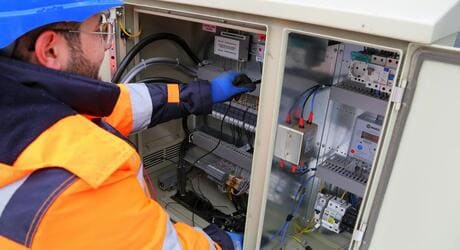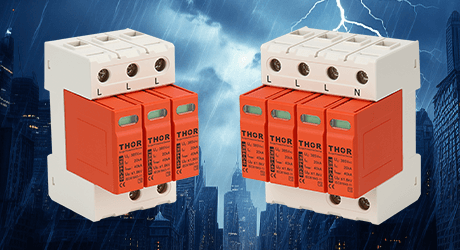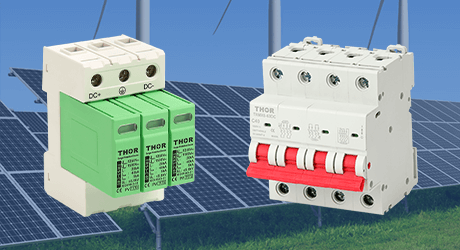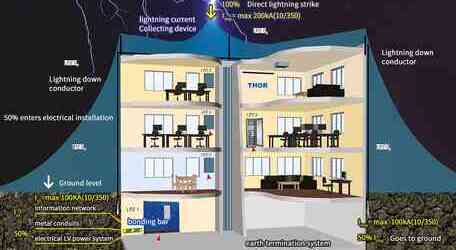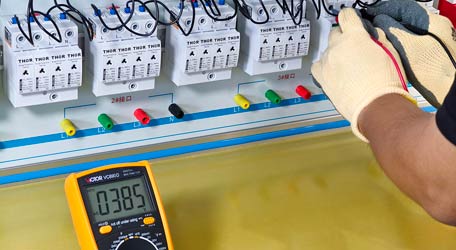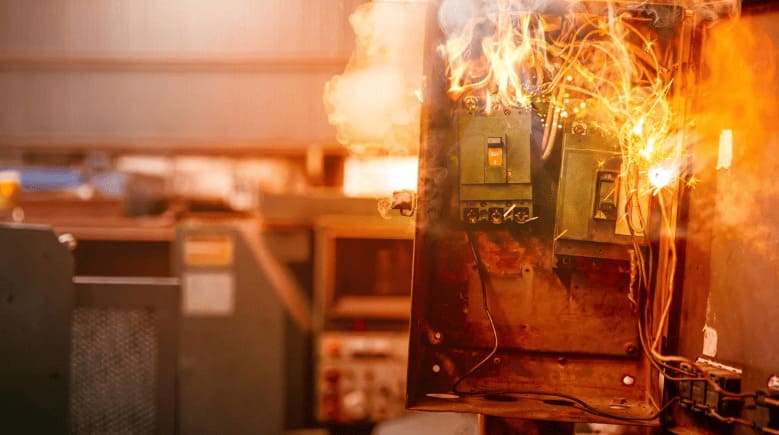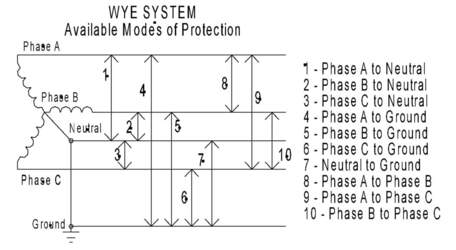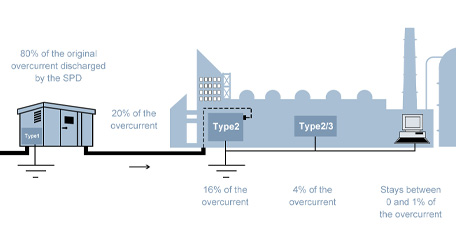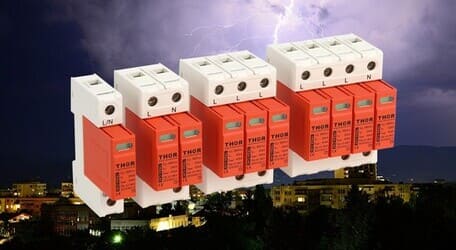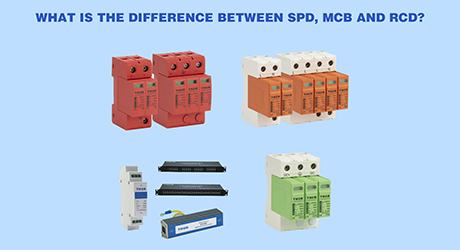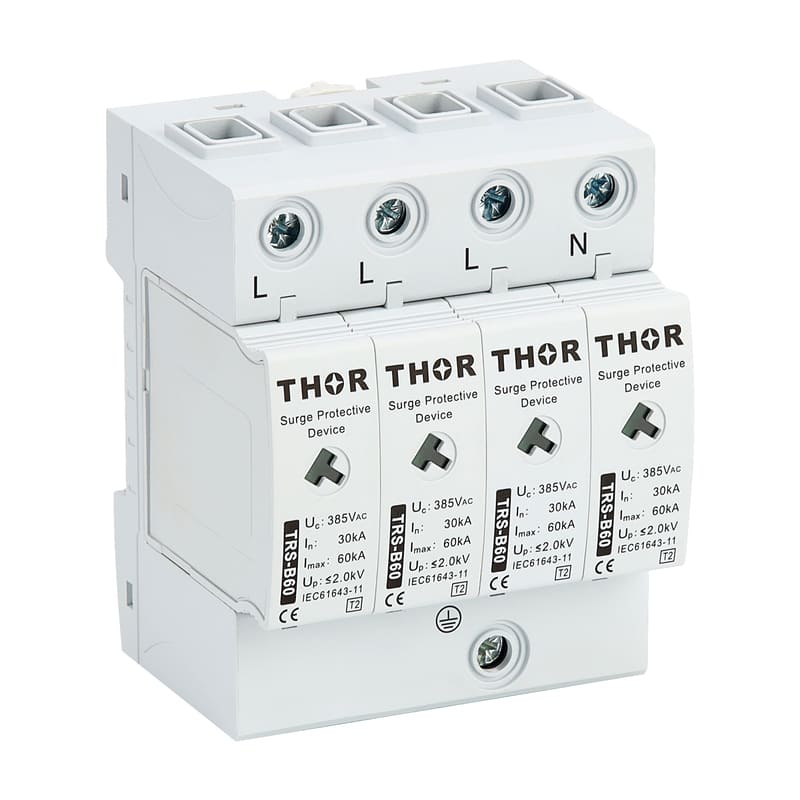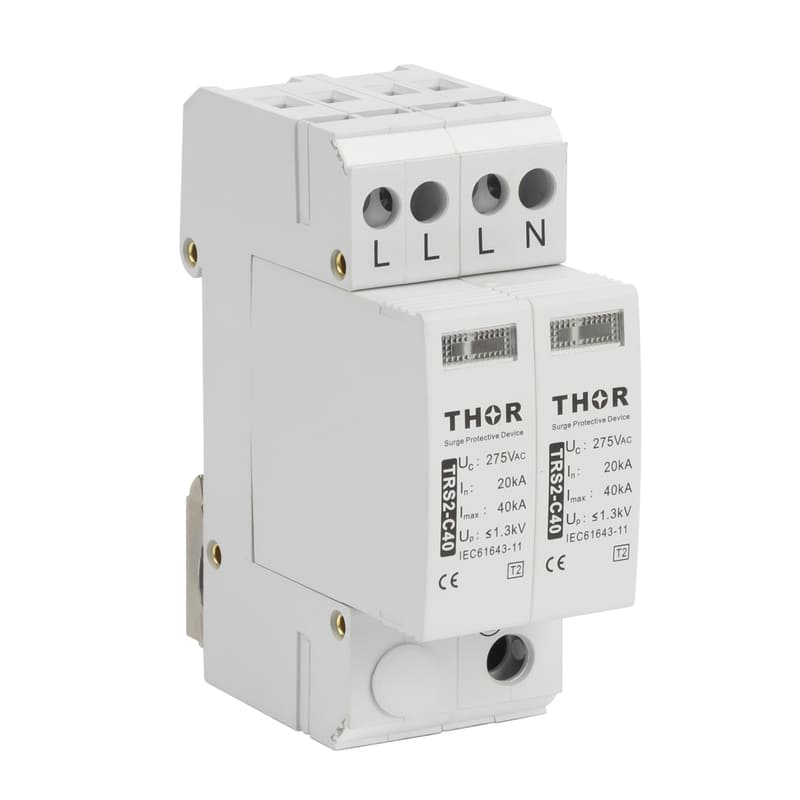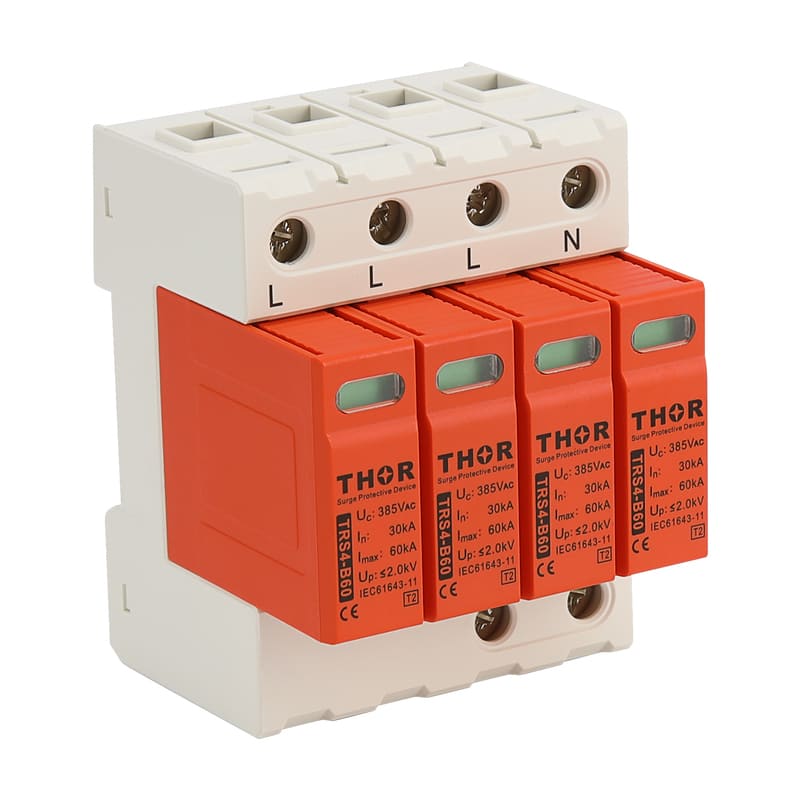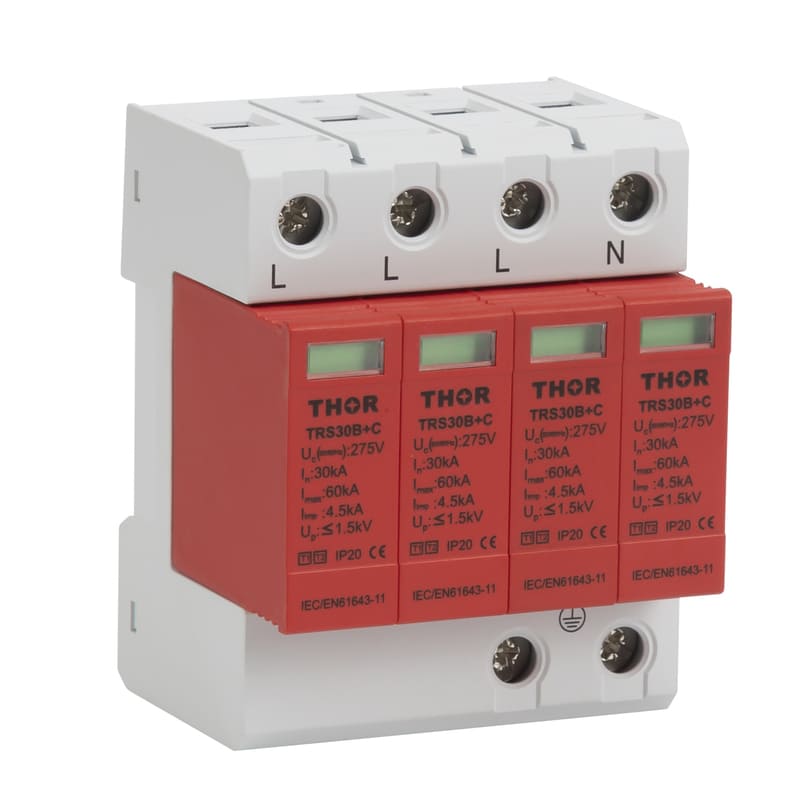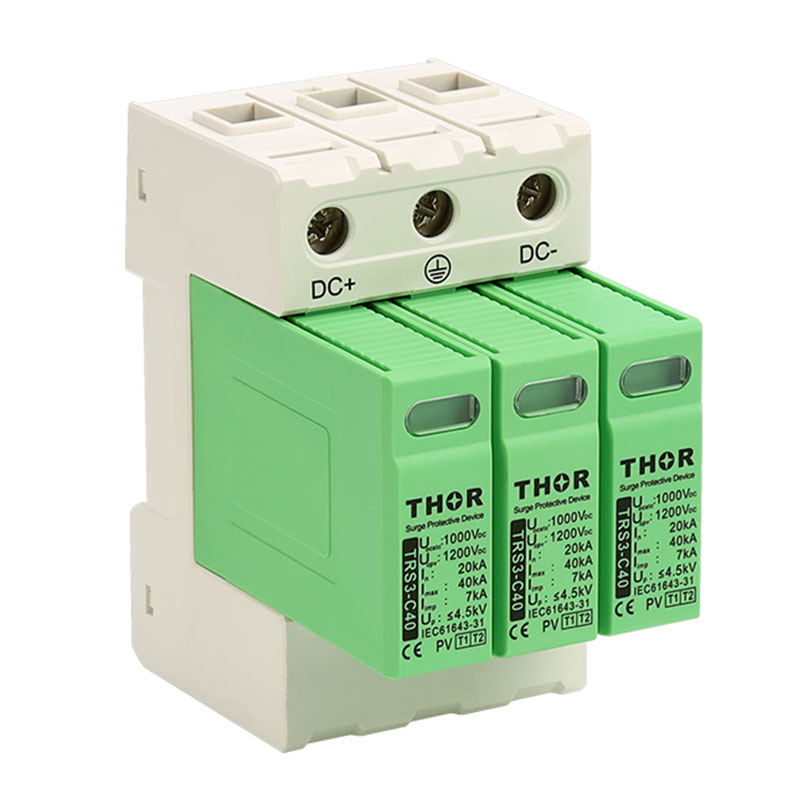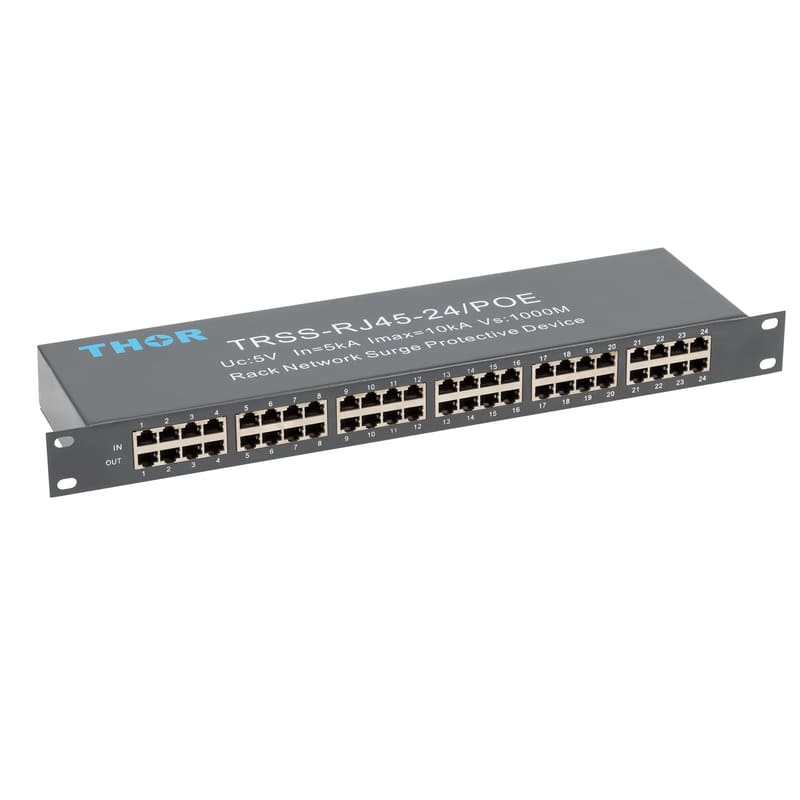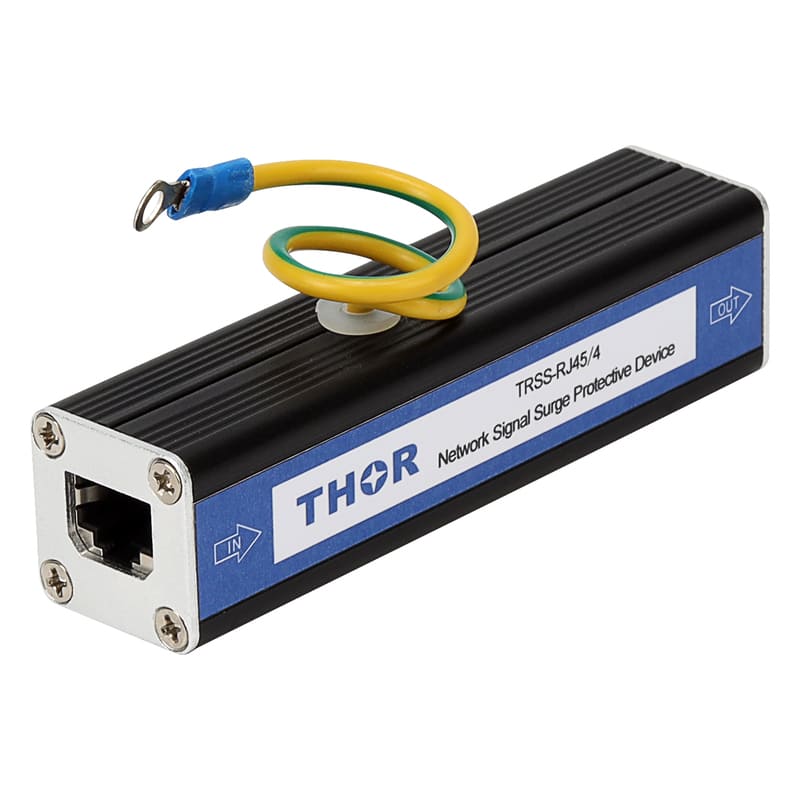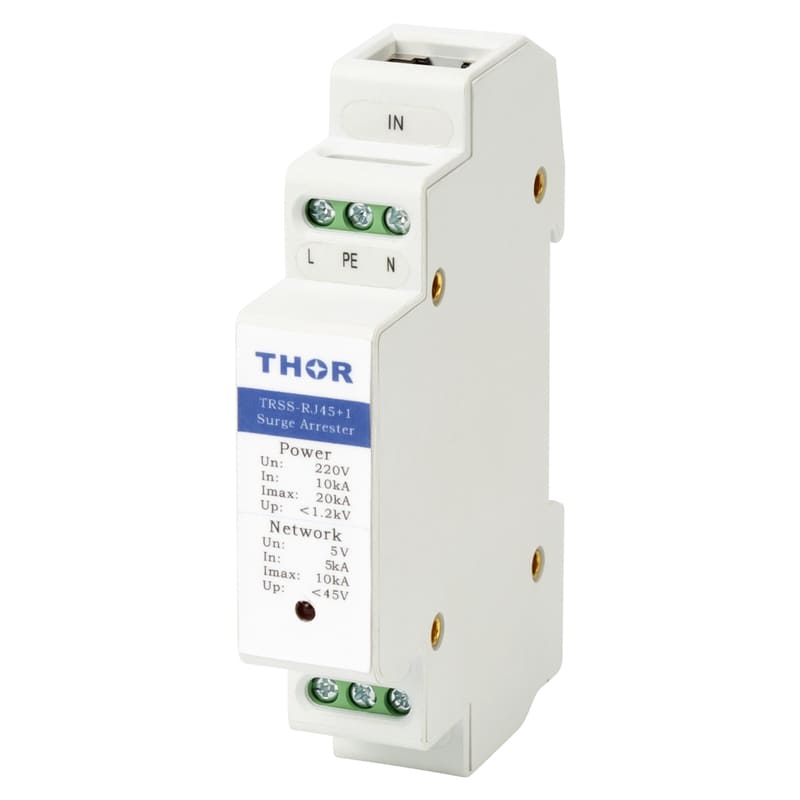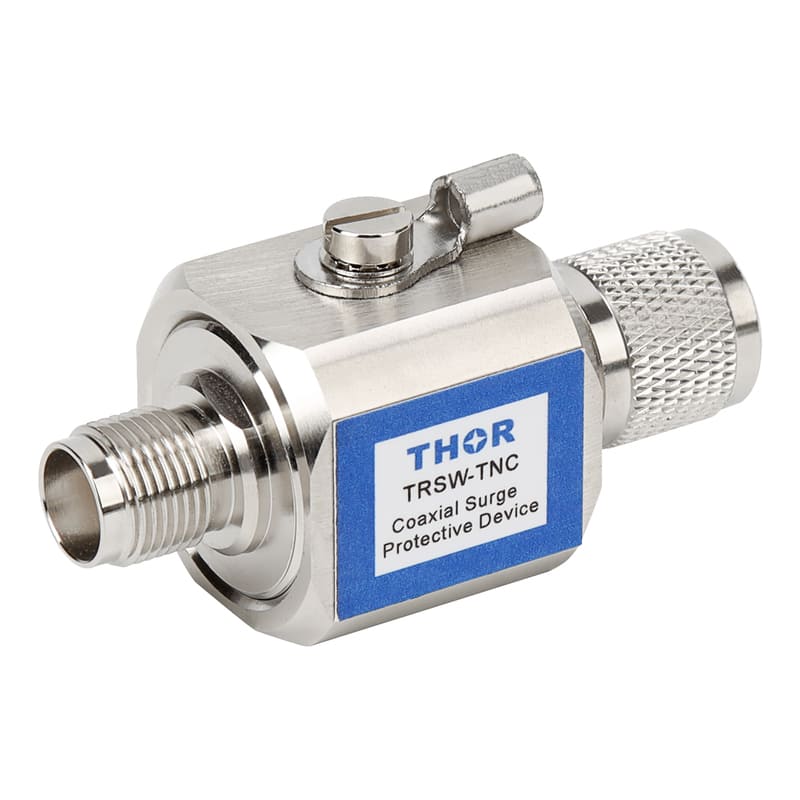Lightning protection technology in the electrical age
At the beginning of the 20th century, due to the development of the telecommunications industry and the electric power industry, the damage caused by lightning became more and more significant. Lightning protection technology not only protects buildings, but also protects telecommunications and power transmission lines and various relays, transistors, etc. inside buildings. A variety of electrical equipment, lightning protection technology to the electrical age. The main purpose of lightning protection in the electrical age is as follows:
(1) Prevent lightning from directly striking buildings and causing electrical effects, thermal effects and mechanical effects;
(2) Prevent lightning from invading buildings in the form of lightning waves through metal wires or metal pipes, endangering indoor personal safety and destroying equipment.
The lightning protection methods at this time mainly include the Faraday cage lightning protection method and the lightning arrester lightning protection method (for example: installing a surge protector), etc. The principles are as follows.
1. Faraday cage lightning protection method
The Faraday cage lightning protection method uses steel bars or copper strips to surround the building.
The starting point of the Faraday cage lightning protection method is that the building is surrounded by vertical and horizontal conductors to form a Faraday protective cage. But the building has passages and external gaps, which cannot be seamless, and the Faraday cage cannot prevent the corners of the building from being struck by lightning. In recent years, the lightning protection method used more is the mixed use of the lightning rod lightning protection method and the Faraday cage lightning protection method.
2. Arrester lightning protection method (for example: installation of surge protector)
Lightning arresters are used to protect equipment from damage caused by lightning waves. The principle of lightning protection is as follows: through the gap breakdown to achieve the purpose of ground discharge. The arrester must be connected in parallel with the protected equipment, as shown in the figure below.
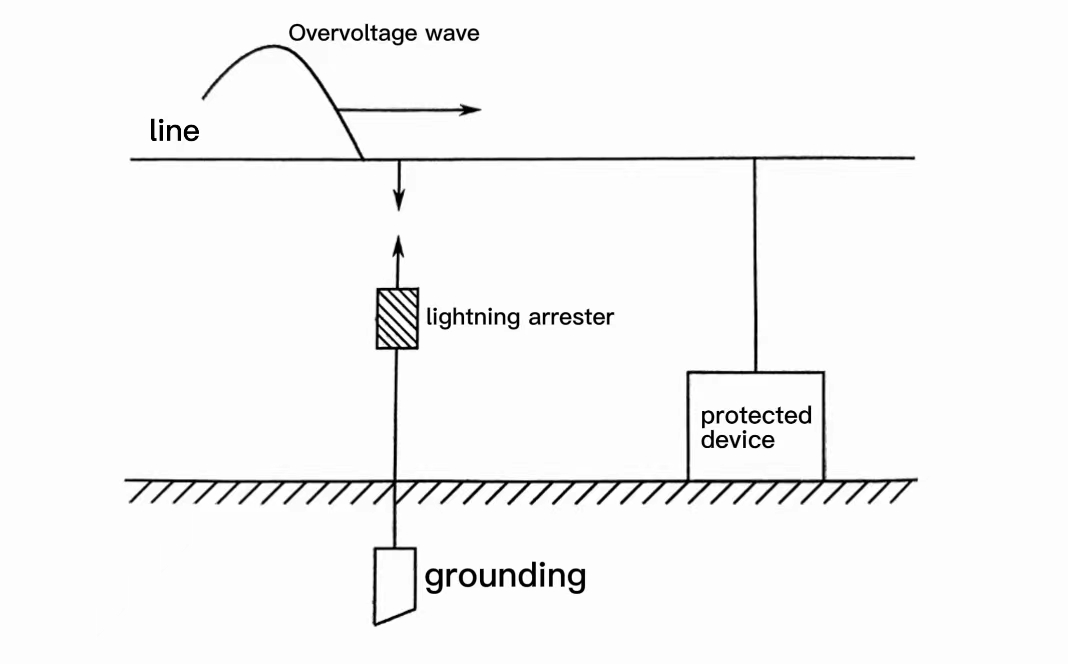
Lightning arrester (surge protector) connection diagram
The gap breakdown voltage of the arrester is lower than the breakdown voltage of the protected equipment insulation. At normal working voltage, the arrester gap will not be broken down, forming an open circuit to the ground. When the lightning wave travels along the wire and an overvoltage that endangers the protected equipment occurs, the arrester will be broken down quickly and discharge to the ground, making the A large amount of charge leaks into the ground, thereby limiting the overvoltage of the protected equipment and playing the role of protecting the equipment; after the overvoltage passes, the gap can quickly extinguish the arc, so that the protected equipment can work normally. The lightning arrester can also use waveguide components to separate the useful signal wave from the lightning wave signal, and the useful signal enters the receiving device, while allowing the lightning wave to discharge to the ground, causing a large amount of charge to leak into the ground to protect the equipment.
Welcome to continue to learn more about lightning protection
Lightning protection technology in the mechanical age
Lightning Protection Technology in Electronic Information Era

